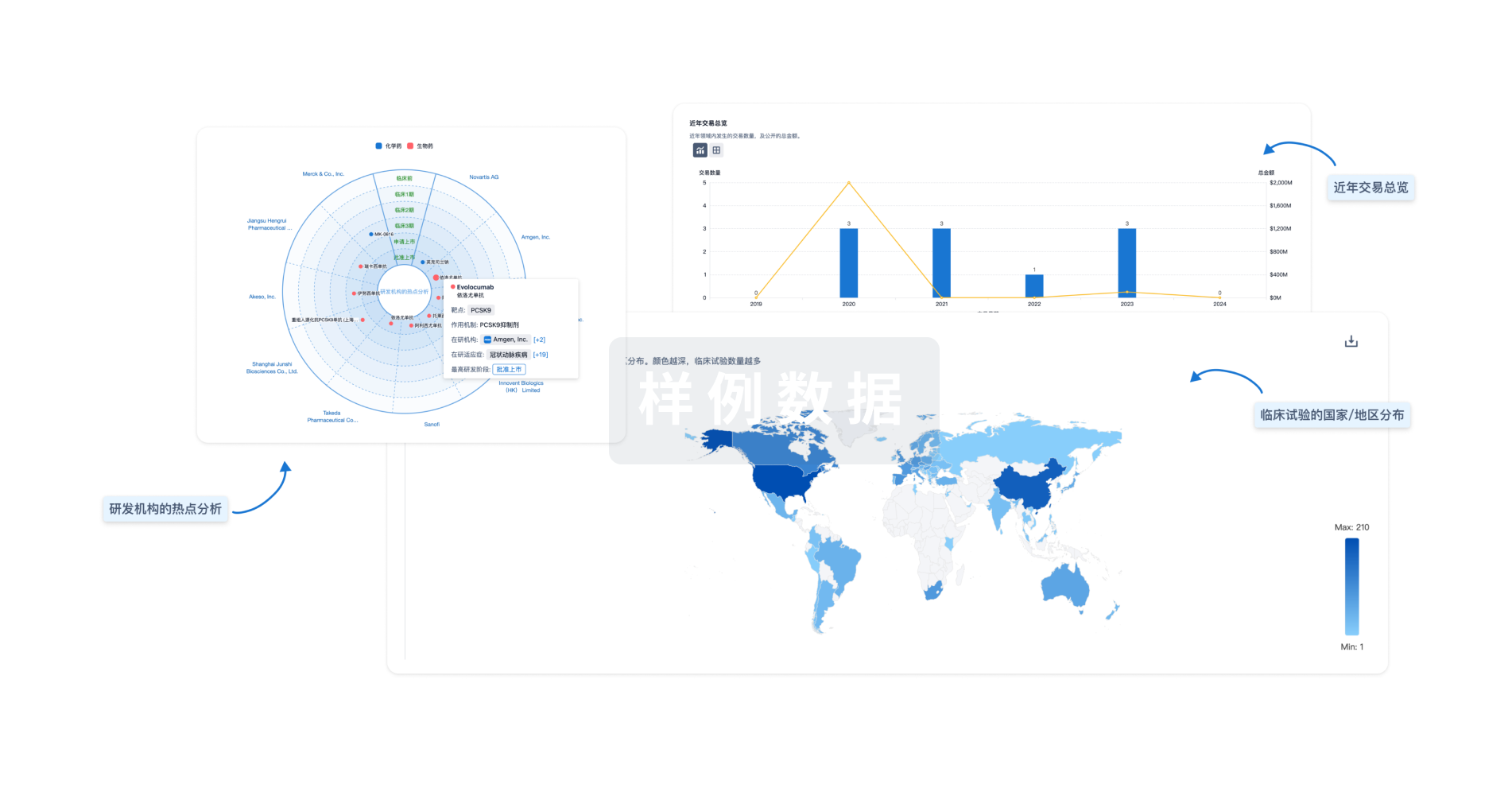预约演示
更新于:2025-05-07
DHODH x HOXA9
更新于:2025-05-07
关联
1
项与 DHODH x HOXA9 相关的药物作用机制 DHODH抑制剂 [+2] |
在研适应症 |
非在研适应症 |
最高研发阶段临床前 |
首次获批国家/地区- |
首次获批日期1800-01-20 |
100 项与 DHODH x HOXA9 相关的临床结果
登录后查看更多信息
100 项与 DHODH x HOXA9 相关的转化医学
登录后查看更多信息
0 项与 DHODH x HOXA9 相关的专利(医药)
登录后查看更多信息
2
项与 DHODH x HOXA9 相关的文献(医药)2016-12-08·ACS Medicinal Chemistry Letters3区 · 医学
Development of ML390: A Human DHODH Inhibitor That Induces Differentiation in Acute Myeloid Leukemia
3区 · 医学
Article
作者: Lewis, Timothy A. ; Rustiguel, Joane K. ; Muñoz, Benito ; Sykes, David B. ; Schreiber, Stuart L. ; Nonato, Maria Cristina ; Scadden, David T. ; Law, Jason M.
2016-09-01·Cell1区 · 生物学
Inhibition of Dihydroorotate Dehydrogenase Overcomes Differentiation Blockade in Acute Myeloid Leukemia
1区 · 生物学
Article
作者: Janzer, Andreas ; Ferrara, Steven J ; Szekely, Brian A ; Clish, Clary B ; Stoeckigt, Detlef ; Mercier, François E ; Cobert, Julien M ; Haynes, Mark K ; Sklar, Larry A ; Bachand, Jacqueline ; Law, Jason M ; Mukherjee, Siddhartha ; Schreiber, Stuart L ; Maxcy, Katrina L ; Sadreyev, Ruslan I ; Wawer, Mathias J ; Jain, Esha ; Schajnovitz, Amir ; Waller, Anna ; Lee, Dongjun ; Kfoury, Youmna S ; Sykes, David B ; Pierce, Kerry A ; Lewis, Timothy A ; Eheim, Ashley L ; Tolliday, Nicola J ; Scadden, David T ; Kotz, Joanne D ; Meyer, Hanna ; Clemons, Paul A
分析
对领域进行一次全面的分析。
登录
或

生物医药百科问答
全新生物医药AI Agent 覆盖科研全链路,让突破性发现快人一步
立即开始免费试用!
智慧芽新药情报库是智慧芽专为生命科学人士构建的基于AI的创新药情报平台,助您全方位提升您的研发与决策效率。
立即开始数据试用!
智慧芽新药库数据也通过智慧芽数据服务平台,以API或者数据包形式对外开放,助您更加充分利用智慧芽新药情报信息。
生物序列数据库
生物药研发创新
免费使用
化学结构数据库
小分子化药研发创新
免费使用

